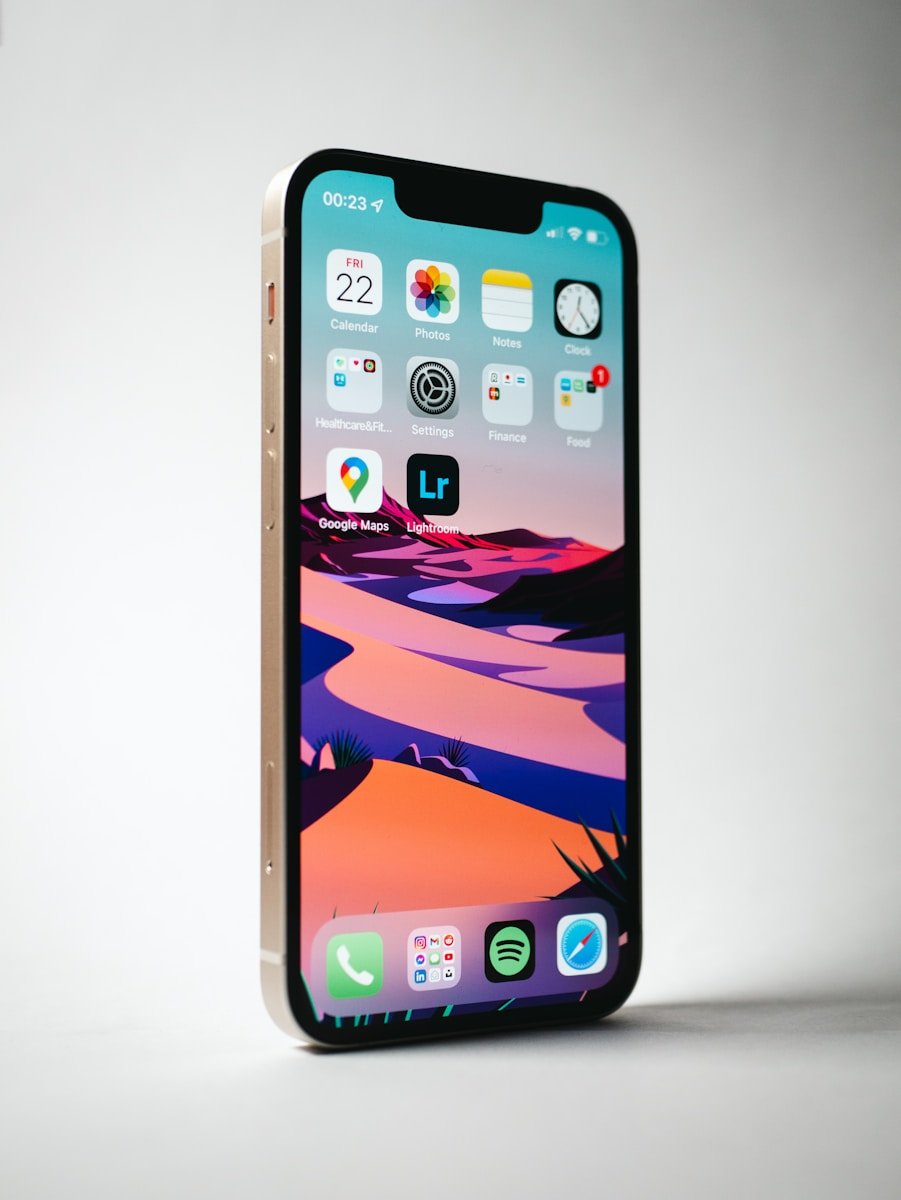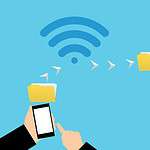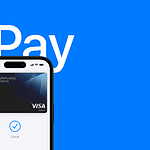Hidden apps on your iPhone add an extra layer of privacy and security for sensitive applications. iOS allows users to hide apps from the Home Screen and lock them behind Face ID or Touch ID authentication, keeping personal data secure from prying eyes. The feature helps iPhone users maintain privacy while still having quick access to important apps.
The App Library in iOS 18 includes a dedicated Hidden folder where concealed apps are stored. This organized system makes it simple to find and manage hidden applications without compromising security. Users can protect banking apps, private photos, and personal messages with just a few taps.
Hidden iPhone Apps: Secret Features You Need to Know
Your iPhone is packed with powerful apps and features that many users don’t realize exist. Beyond the familiar apps like Messages and Safari, Apple includes hidden or lesser-known tools that can boost your productivity, privacy, and fun. Here are some secret iPhone apps and features you need to know about in 2026.
1. Measure App – Your Built-in Tape Measure
- What it does: Uses augmented reality (AR) to measure objects and spaces with your camera.
- How to find it: Search for “Measure” in Spotlight or find it in the Utilities folder.
- Secret tip: Use the Level tool inside the Measure app to check if surfaces are perfectly flat.
2. Magnifier – Turn Your iPhone Into a Magnifying Glass
- What it does: Magnifies small text or objects using your camera.
- How to enable: Go to Settings > Accessibility > Magnifier and toggle it on.
- Quick access: Triple-click the side button to launch the Magnifier instantly.
- Bonus: Adjust brightness, contrast, and apply color filters for better visibility.
3. Voice Memos – More Than Just Recording
- Hidden features:
- Trim and enhance recordings.
- Share clips easily.
- Use the app to record lectures, meetings, or even scan documents by reading them aloud.
4. Shortcuts – Automate Your iPhone Like a Pro
- What it does: Create custom automations and workflows to perform tasks with a tap or automatically.
- Examples:
- Automatically text your ETA when leaving work.
- Create a morning routine that plays news and adjusts lights.
- Batch resize photos before sharing.
- How to start: Open the Shortcuts app and explore the Gallery for pre-made shortcuts.
5. Files App – Your Hidden File Manager
- What it does: Manage documents, photos, and downloads in one place.
- Secret tip: Connect cloud services like Google Drive, Dropbox, and OneDrive for seamless access.
- Pro trick: Use Tags to organize files and quickly find them later.
6. Hidden Trackpad Mode in Keyboard
- How to use: Press and hold the spacebar on the iPhone keyboard to turn it into a trackpad for precise cursor control.
- Why it’s useful: Makes editing text much easier without tapping repeatedly.
7. Back Tap – Customizable Shortcut at Your Fingertips
- What it does: Double or triple tap the back of your iPhone to trigger actions.
- How to enable: Go to Settings > Accessibility > Touch > Back Tap.
- Examples:
- Take a screenshot.
- Launch the camera.
- Run a shortcut you created.
8. Hidden Safari Features
- Tab Groups: Organize tabs into groups for different projects or interests.
- Reader Mode: Simplify web pages for distraction-free reading.
- Webpage Translation: Translate entire pages directly in Safari.
9. Health App’s Hidden Features
- Track walking steadiness to assess fall risk.
- Monitor respiratory rate during sleep with Apple Watch.
- Use Health Sharing to share data with family or doctors securely.
10. Hidden Privacy Tools
- App Privacy Report: See how often apps access your location, camera, microphone, and more.
- Approximate Location: Share only your approximate location instead of precise.
- Clipboard Access Alerts: Know when apps read your clipboard.
Final Tips
- Explore Settings and Accessibility to find more hidden options.
- Use Spotlight Search to quickly find apps or settings.
- Keep your iPhone updated to get the latest hidden features.
Sources:
- Tom’s Guide: 19 Hidden iPhone Features Everyone Should Know
- MSN: 7 Hidden iOS 18 Features You’re Probably Not Using
- Medium: Top 16 Hidden iPhone Features and Tricks 2025 Guide
Key Takeaways
- Hidden apps are protected by Face ID, Touch ID, or passcode authentication
- Hidden apps can be found and managed through the App Library’s Hidden folder
- Users can quickly unhide apps by using touch-and-hold gestures in the App Library
Managing Hidden Apps on iPhone
iPhone users can control app visibility and access through multiple built-in features that protect privacy while maintaining easy access to important functions. The iPhone’s security features let users hide, unhide, and protect apps with biometric authentication.
Utilizing the App Library for Organization
The App Library serves as a central hub for all installed apps on an iPhone. Users access it by swiping left past the last home screen page.
Apps automatically sort into smart categories like Social, Productivity, and Entertainment. This organizing system helps users find hidden apps quickly.
The search bar at the top of the App Library shows all installed apps alphabetically. Users tap any app to launch it directly.
Adjusting Settings to Hide Apps
Users can hide apps through Settings > Screen Time > Content & Privacy Restrictions. This method requires a passcode setup.
Individual apps hide from the home screen by long-pressing the app icon and selecting “Remove App” followed by “Remove from Home Screen.”
The hidden app remains accessible through the App Library and Spotlight Search.
Enhancing Privacy with Hidden Folders and Icons
Create hidden app folders by grouping similar apps together. Name folders with a single space character to make them less noticeable.
Move sensitive apps to the second page of a folder – only the first page appears visible on the home screen.
Privacy Protection Methods:
- Use nested folders
- Place apps on distant home screen pages
- Enable restrictions through Screen Time
Revealing Hidden Apps and Purchases
Find hidden apps through Spotlight Search by swiping down on the home screen and typing the app name.
Access hidden purchases in the App Store:
- Tap profile picture
- Select Purchased
- View “Not on this iPhone” list
Hidden apps appear in search results even when removed from the home screen.
Securing Apps with Advanced Features
Face ID and Touch ID provide quick access to locked apps while maintaining security. Enable these features in Settings > Face ID & Passcode.
Screen Time restrictions add an extra layer of protection:
- App limits
- Communication limits
- Content restrictions
- Privacy settings
Interacting with Siri and Notifications
Siri opens hidden apps through voice commands like “Hey Siri, open [app name].”
Notifications still appear for hidden apps unless manually disabled in Settings > Notifications.
Users choose notification styles:
- Banners
- Alerts
- Sounds
- Badges
Managing App Downloads and Updates
The App Store shows all downloaded apps under the user’s Apple ID, including hidden ones.
Users check for updates by:
- Opening App Store
- Tapping profile picture
- Selecting Updates
Family Sharing participants aged 13+ can hide apps, while parents maintain oversight of downloads and usage.
Frequently Asked Questions
Hidden apps on iPhones serve privacy and organization needs, with built-in tools to both conceal and locate applications across iOS versions.
How can one locate concealed applications on an iPhone?
Users can find hidden apps through the App Library by swiping left past the last home screen.
The Search function reveals hidden apps – swipe down on any home screen and type the app name.
Checking the App Store purchase history shows all installed apps, including hidden ones.
What steps are involved in hiding applications on an iPhone?
Long press an app icon until it wiggles, then tap the minus sign to remove it from the home screen.
Choose “Remove from Home Screen” to hide the app while keeping it in the App Library.
Users can also hide apps in folders or move them to later home screen pages.
How can you reveal hidden content on an iPhone?
Use Spotlight Search by swiping down on the home screen and typing the app name.
Check Settings > Screen Time > Content & Privacy Restrictions to see if apps are restricted.
The App Library shows all installed apps alphabetically and by category.
What are the indications of decoy applications on an iPhone?
Look for duplicate apps with slightly different icons or names.
Check app sizes – decoy apps often have unusually small file sizes.
Verify suspicious apps through Settings > General > iPhone Storage.
Is there a method to hide applications on an iPhone without uninstallation?
Move apps to the App Library while keeping them installed and functional.
Create a folder and move apps to the second or third page within it.
Use Screen Time restrictions to limit app visibility without deletion.
What procedures are used to identify hidden applications on an iPhone running iOS 18?
Access the App Library by swiping left to the last screen.
Use Siri to open hidden apps by voice command.
Review Settings > Privacy to check app permissions and discover hidden system apps.







